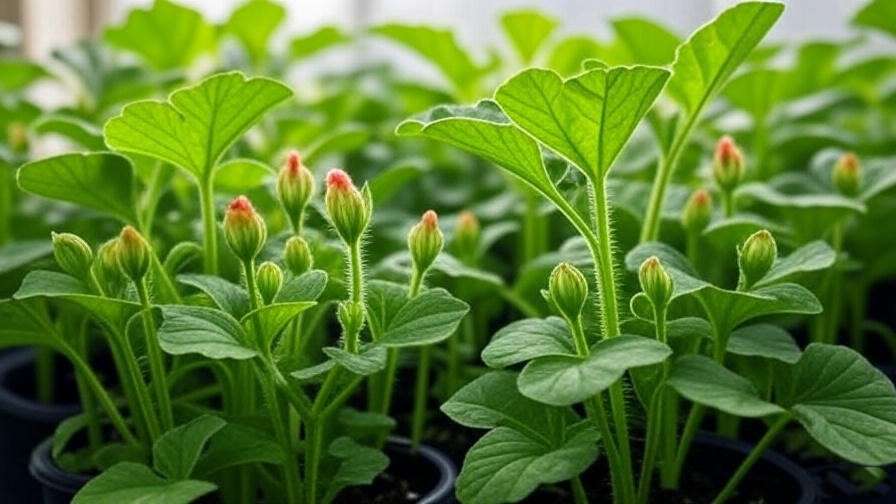Imagine harvesting vibrant, healthy Watermelon Burst strain plants that not only thrive but also deliver exceptional yields right in your own garden. This sought-after strain, known for its unique flavor and stunning growth, is a favorite among plant enthusiasts. Whether you’re a beginner or a seasoned grower, mastering Watermelon Burst strain care can transform your gardening experience. In this comprehensive guide, we’ll share expert-backed strategies to help you cultivate robust plants and maximize yields. Drawing on years of horticultural expertise, we’ll cover everything from planting to harvesting, ensuring your success with this remarkable strain.
H2: Understanding the Watermelon Burst Strain 🌿
H3: Origins and Characteristics
The Watermelon Burst strain, a hybrid celebrated for its fruity aroma and vigorous growth, has roots in carefully selected genetics that combine resilience with aesthetic appeal. Its compact structure, lush green foliage, and vibrant buds make it a standout in any garden. This strain thrives in controlled environments, offering growers a rewarding experience with its high yield potential. Its unique terpene profile, reminiscent of fresh watermelon, adds to its allure, making it a top choice for those passionate about plant care.
H3: Ideal Growing Conditions
To flourish, Watermelon Burst requires specific conditions. It prefers temperatures between 70-85°F (21-29°C) and moderate humidity (40-50% during vegetative growth, dropping to 30-40% during flowering). Well-draining, nutrient-rich soil with a pH of 6.0-6.5 is ideal. For light, aim for 12-18 hours daily during the vegetative stage, transitioning to 12 hours during flowering. Whether indoors or outdoors, ensure good airflow to prevent mold. Indoor growers benefit from grow lights, while outdoor cultivators should choose a sunny, sheltered spot.
H2: Preparing for Success: Setting Up Your Growing Environment 🛠️
H3: Choosing the Right Location
Selecting the perfect spot is crucial for Watermelon Burst success. Indoors, dedicate a space with ample light and ventilation—think grow tents or a spare room with controlled conditions. Outdoors, choose a location with at least 6-8 hours of direct sunlight and protection from strong winds. Assess your space for temperature stability and accessibility for daily maintenance. For example, a south-facing backyard corner shielded by a fence can be ideal for outdoor grows, while a well-ventilated basement works indoors.
H3: Soil and Container Selection
Watermelon Burst thrives in loamy, well-draining soil enriched with organic matter like compost or worm castings. A pH test kit is essential—aim for 6.0-6.5 to ensure nutrient availability. For containers, use 3-5 gallon pots for indoor grows or fabric pots for better aeration. Outdoor plants may need larger containers (10+ gallons) to accommodate root growth. Expert Tip: Mix perlite or vermiculite into your soil to improve drainage and prevent root rot.
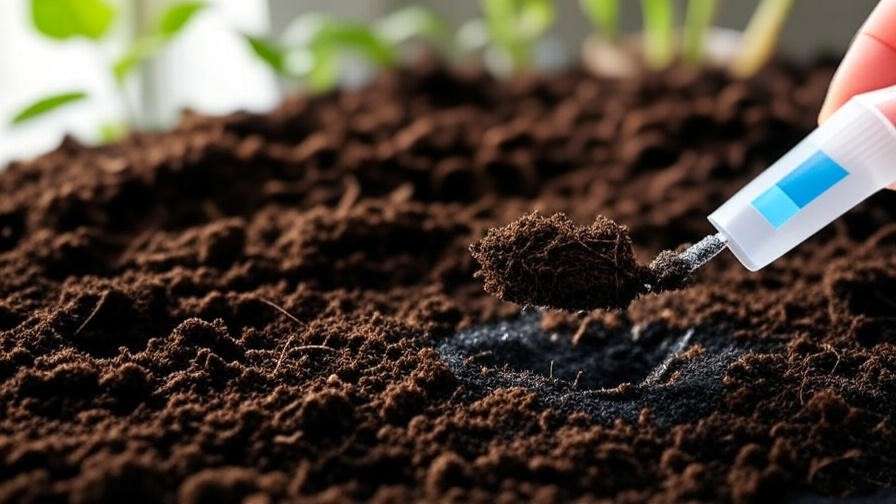
H3: Essential Tools and Supplies
Equip yourself with the right tools to simplify care. Must-haves include:
- Grow lights: LED or HPS for indoor setups, providing 600-1000 watts per square meter.
- Watering system: A watering can or drip irrigation for consistent moisture.
- Nutrients: Balanced fertilizers with nitrogen, phosphorus, and potassium (NPK) tailored to growth stages.
- pH meter and hygrometer: To monitor soil and environmental conditions.
Budget-conscious growers can start with basic tools, while advanced setups might include automated climate controllers.
H2: Step-by-Step Guide to Planting Watermelon Burst Strain 🌱
H3: Starting from Seeds or Clones
Seeds offer genetic diversity, while clones ensure consistency. For seeds, germinate using the paper towel method: place seeds between damp paper towels in a warm, dark place for 24-72 hours until a taproot appears. Plant ½ inch deep in pre-moistened soil. Clones, taken from a healthy mother plant, root faster but require careful handling. Common Mistake: Overwatering seeds—keep soil moist, not soggy, to avoid damping off.
H3: Transplanting and Spacing
Transplant seedlings or clones when they have 3-4 sets of true leaves, typically 2-3 weeks after germination. Use a small trowel to gently lift plants, preserving the root ball. Space plants 2-3 feet apart outdoors or 1-2 feet in grow tents to ensure airflow and light penetration. Example: When transplanting, dig a hole twice the root ball’s width, add compost, and water thoroughly to settle the soil.
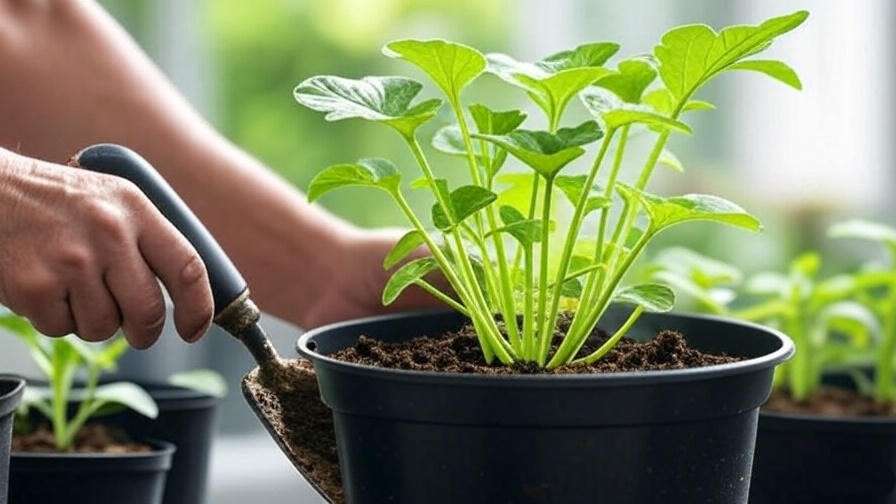
H2: Nurturing Your Watermelon Burst Plants: Care and Maintenance 💧
H3: Watering and Nutrient Schedules
Watermelon Burst prefers consistent moisture—water when the top inch of soil feels dry. Use filtered or dechlorinated water to avoid chemical buildup. During the vegetative stage, apply a nitrogen-rich fertilizer (e.g., 10-5-5 NPK) every 1-2 weeks. In the flowering stage, switch to a phosphorus-heavy blend (e.g., 5-10-10). Expert Insight: Yellowing leaves may indicate nitrogen deficiency, while burnt tips suggest overfeeding—adjust nutrients accordingly.
H3: Light and Temperature Management
Provide 18 hours of light daily during vegetative growth, reducing to 12 hours for flowering. LED grow lights should be 18-24 inches above plants, adjusted as they grow. Maintain temperatures at 70-80°F during the day and 65-75°F at night. Use fans to promote airflow and prevent heat buildup. Case Study: A grower in California increased yields by 20% by using full-spectrum LEDs and maintaining a consistent 75°F.
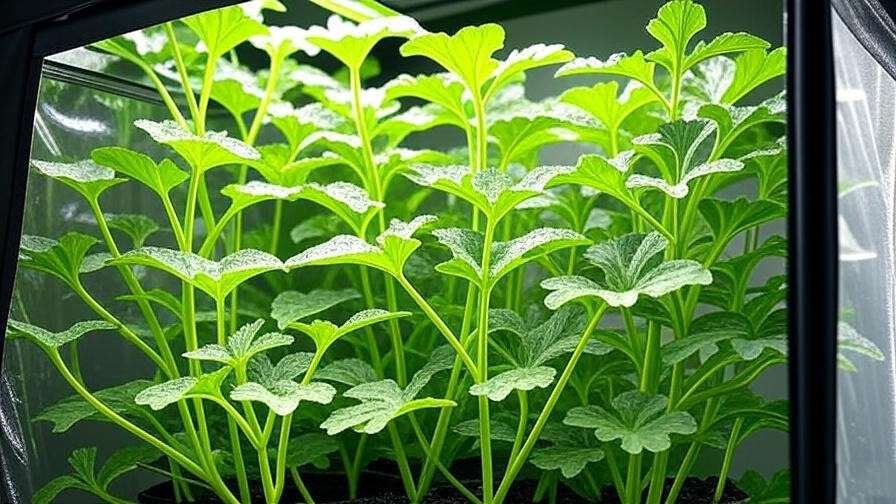
H3: Pruning and Training Techniques
Pruning encourages bushier growth and higher yields. Remove lower leaves that receive little light to improve airflow. Use low-stress training (LST) by gently bending branches and securing them with soft ties to expose more bud sites to light. Step-by-Step:
- Identify overcrowded branches.
- Sterilize pruning shears with alcohol.
- Trim sparingly, focusing on fan leaves blocking light.
- Secure branches to encourage lateral growth.
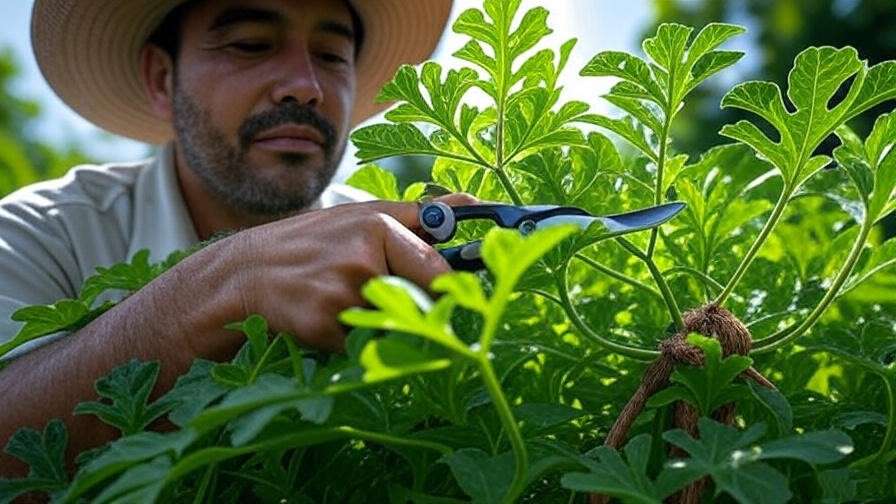
H2: Pest and Disease Management: Protecting Your Plants 🐞
H3: Common Pests and Diseases
Watermelon Burst is susceptible to aphids, spider mites, and powdery mildew. Aphids cluster on stems, while spider mites leave fine webbing. Powdery mildew appears as white patches on leaves. Use neem oil or insecticidal soap for pests, applied early in the morning. For mildew, increase airflow and apply a sulfur-based fungicide. Expert Tip: Introduce beneficial insects like ladybugs to control aphids naturally.
H3: Monitoring and Early Intervention
Check plants weekly for signs of stress, such as wilting, spots, or stunted growth. Use a magnifying glass to spot tiny pests. Maintain a clean grow space to reduce disease risk. Checklist:
- Inspect leaves and stems for pests or discoloration.
- Test soil moisture and pH.
- Ensure proper ventilation and light exposure.
H2: Harvesting and Post-Harvest Care: Maximizing Quality 🍉
H3: When and How to Harvest
Knowing the perfect time to harvest your Watermelon Burst strain is critical for achieving peak quality. Look for signs like fully developed buds, with 70-90% of pistils turning amber or red and trichomes appearing milky under a magnifying glass. Harvesting too early reduces potency, while waiting too long can degrade quality. To harvest:
- Use sterilized pruning shears to cut branches cleanly.
- Trim excess fan leaves, leaving smaller sugar leaves intact.
- Handle buds gently to preserve trichomes.
Expert Insight: Harvest in the early morning when terpene levels are highest for optimal flavor.
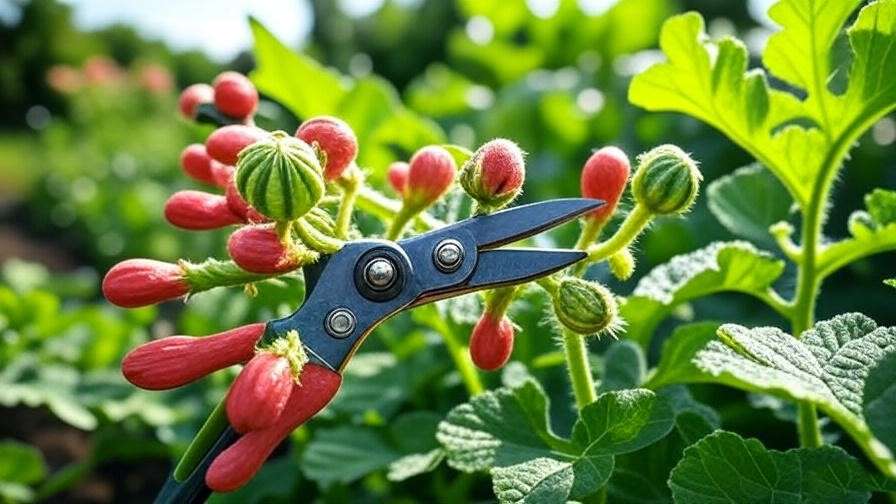
H3: Drying and Curing for Optimal Results
Proper drying and curing enhance the Watermelon Burst strain’s aroma, flavor, and shelf life. Dry buds in a dark, well-ventilated space at 60-70°F and 45-55% humidity for 7-14 days. Hang branches upside down or use drying racks, ensuring buds don’t touch. Once dry (stems snap, not bend), cure buds in airtight glass jars for 2-4 weeks, burping jars daily to release moisture. Common Mistake: Rushing the curing process—patience ensures a smoother, more flavorful product. Store cured buds in a cool, dark place to maintain quality.
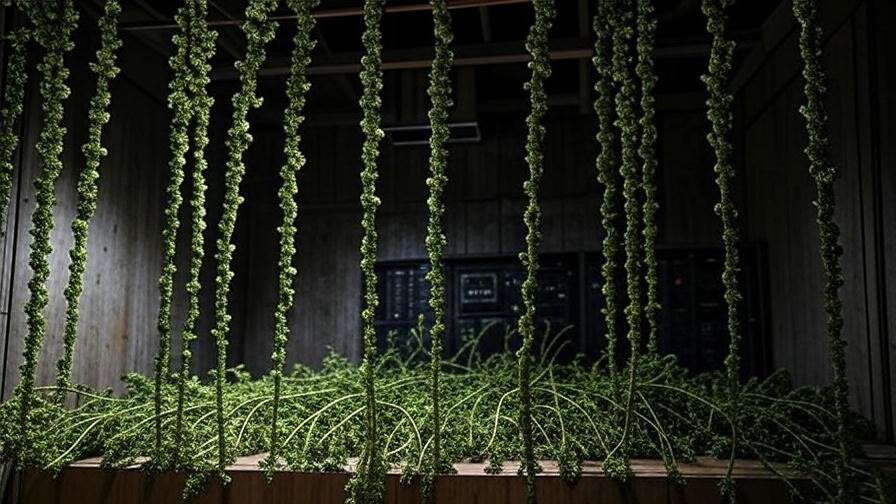
H2: Troubleshooting Common Issues: Solutions for Growers 🛠️
H3: Slow Growth or Low Yields
If your Watermelon Burst plants are growing slowly or producing underwhelming yields, several factors could be at play. Common culprits include insufficient light, nutrient imbalances, or poor soil quality. Ensure your grow lights provide at least 600 watts per square meter for indoor setups, and check nutrient levels with a soil test kit. For example, a grower in Oregon doubled yields by correcting a phosphorus deficiency with a bloom booster fertilizer. Adjust light schedules, increase feeding during flowering, and ensure proper pH (6.0-6.5) to boost growth.
H3: Environmental Stress
Environmental stressors like heat, overwatering, or poor airflow can harm Watermelon Burst plants. Heat stress causes leaves to curl upward—lower temperatures or add fans to cool the grow space. Overwatering leads to droopy leaves and root rot; let soil dry out between waterings. Poor airflow invites mold, so use oscillating fans and prune dense foliage. Example: A grower stabilized their indoor setup by adding a dehumidifier, reducing bud rot by 80%.
H2: Advanced Tips for Experienced Growers 🚀
For seasoned cultivators, elevating your Watermelon Burst game involves advanced techniques. Consider CO2 supplementation (800-1200 ppm) during the flowering stage to boost photosynthesis and yields. Experiment with hydroponics or aeroponics for faster growth and precise nutrient delivery—Watermelon Burst responds well to these systems with proper monitoring. Expert Insight: One grower increased yields by 30% using a hydroponic setup with a tailored nutrient mix. Scale up production by cloning high-performing plants, but maintain strict sanitation to prevent disease.
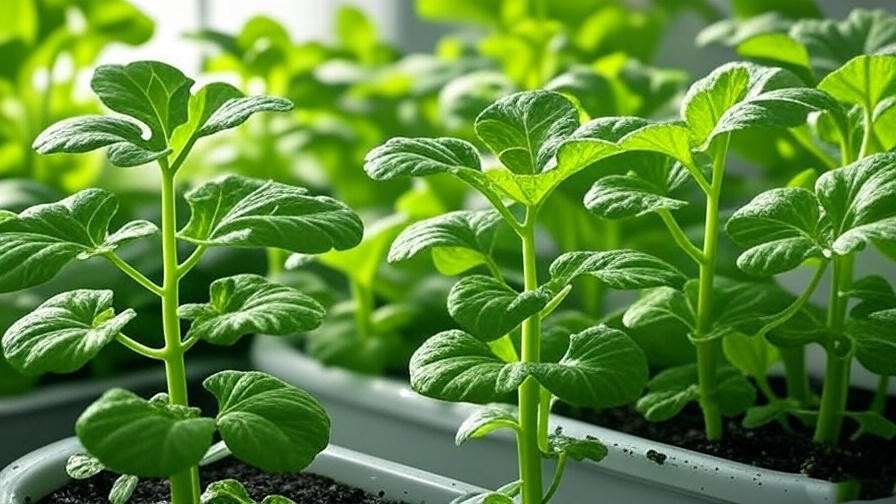
H2: FAQs: Your Watermelon Burst Strain Questions Answered ❓
- What’s the ideal pH range for Watermelon Burst strain? Aim for 6.0-6.5 in soil or 5.5-6.0 in hydroponics to optimize nutrient uptake.
- How long does it take to grow from seed to harvest? Typically 8-12 weeks, with 3-4 weeks for vegetative growth and 5-8 weeks for flowering.
- Can I grow Watermelon Burst indoors year-round? Yes, with controlled lighting and climate, indoor cultivation is viable any season.
- What are the best companion plants for this strain? Marigolds or basil can deter pests while complementing Watermelon Burst’s growth.
- How do I prevent mold during the curing process? Maintain 45-55% humidity, use airtight jars, and burp daily to release excess moisture.
H2: Conclusion: Your Path to Watermelon Burst Success 🌟
Growing the Watermelon Burst strain is a rewarding journey when armed with the right knowledge. From selecting the perfect grow space to mastering post-harvest techniques, this guide equips you with proven strategies to cultivate thriving plants and bountiful yields. Apply these expert tips, monitor your plants closely, and enjoy the fruits of your labor. Join our plant care community to share your success or explore more strain-specific guides for your next project. Backed by horticultural research and real-world grower experiences, your Watermelon Burst adventure starts here!

